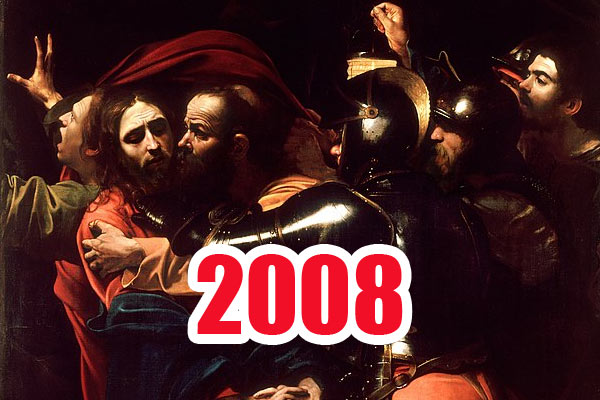Getty acquires works by Rodin and Savery
December 12, 2008 – The J. Paul Getty Museum announced the acquisition of two new works: Landscape with the Temptation of Saint Anthony (1617) by 17th-century Flemish painter Roelandt Savery (1576–1639) and a brown wash and graphite drawing entitled Sphinx (c. 1898–1900) by renowned French sculptor and draftsman Auguste Rodin (1840–1917)
]]>
Savery’s Landscape with the Temptation of Saint Anthony
One of the leading Flemish landscape and still-life specialists of the early 17th century, Roelandt Savery’s innovations, particularly the introduction of alpine scenery, revitalized the stylized approach to natural subjects of his contemporaries. His captivating mountain landscapes, exemplified by Landscape with the Temptation of Saint Anthony, generated a new taste among patrons for powerful landscape forms and provided the foundation for the heroic landscapes of mid-17th- century Dutch and Flemish painters.
Painted in 1617, Landscape with the Temptation of Saint Anthony is Savery’s only treatment of a popular subject matter—the temptation of the hermit Saint Anthony. With deft brushwork and luminosity, Savery transformed the theme into a celebration of nature’s magnificence. He pictures Anthony the Great intently reading the bible—oblivious to the antics of numerous fantastic demons—while seated in a rustic cell. His humble wooden hut is nestled in the undergrowth to one side of a majestic and thickly wooded alpine wilderness, the true subject of the painting.
Using an elongated format, three distinct views unfold across the panel, from the saint’s overgrown retreat on the left, to the magnificent river that pours from rocky outcroppings and plunges over falls at the center, through tall fir trees to a panoramic view over a distant valley at the right. Numerous birds, mountain goats, and deer populate the scene. Savery’s impressive and exquisitely detailed natural setting, based on observation but ultimately a fantastic creation, amplifies the central themes of Anthony’s legend: solitude, separation from worldly goods, and comfort in nature. As a result of the sophisticated relationship between the impressive landscape, rendered with great care and skill, and the religious subject, Savery achieves a moving and sophisticated portrayal of man’s place in nature.
Landscape with the Temptation of Saint Anthony is the first painting by Savery to enter the collection, though the Museum is fortunate to possess three drawings by the artist: two examples of his peasant studies—Seated Woman (c. 1603-1608/9) and Seated Man (1606-1608/9)—and Savery’s colored drawing Landscape with Waterfall (c. 1620). One of the most important works executed during the intervening period while in Amsterdam, Landscape with the Temptation of Saint Anthony complements these holdings and, together with Landscape with Waterfall, demonstrates how the artist translated the dramatic scenery in his drawings to paint.
Landscape also joins the Getty’s impressive collection of early 17th century Flemish and Dutch landscape drawings, including Forest Scene (about 1595-1610) by the Circle of Gillis van Coninxloo and Pieter Stevens’s A Wooded Landscape with Travelers by a Stream, a Town Beyond (1597).
Rodin’s Sphinx
Auguste Rodin was born in 1840 in a working-class district of Paris. From an early age, he demonstrated great artistic talent, however failed to gain admission to the Ecole des Beaux-Arts three times. After many years of self-discipline and continuous study, Rodin gradually created a reputation for himself as a great modeler. He is arguably the only sculptor of the modern age to have been considered on par with Michelangelo and is best known for his sculptures The Thinker and The Kiss. Although his fame as a sculptor somewhat overshadows his more intimate, graphic work, he ranks among the most talented and dynamic draftsmen of the 19th century––alongside Goya, Géricault, Delacroix, and Daumier.
Sphinx belongs to a group referred to as Rodin’s late watercolors, considered his crowning achievement as a draftsman. This drawing depicts a naked female figure in what appears to be a desert landscape. The highly sensual character of Sphinx is typical of Rodin’s life drawings, which have been traditionally seen as a creative expression of the artist’s brazen sexuality.
This acquisition complements the Getty’s collection of French figure drawings. Moreover, it strengthens the Getty’s collection of sculptors’ drawings, which notably include Michelangelo’s Holy Family, Algardi’s Venus in her Chariot, Bernini’s Marine God with a Dolphin, and Jean-Baptiste Carpeaux’s Studies of Horses.
Follow us on:

